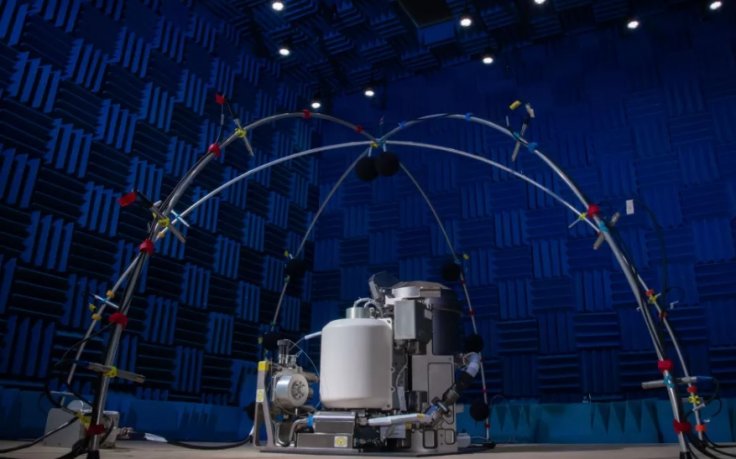A few months back, Peggy Whitson, the NASA astronaut, who spent 665 floating days in the International Space Station (ISS) had shared her experience of using toilets in the space, under microgravity conditions. Whitson revealed that urinating is a pretty easy task in space, while feces excretion was often difficult as astronauts should try to hit a pretty small target.
And now, NASA is all set to launch a new toilet to the International Space Station, and the efficiency of this toilet will be tested before using it on future moon missions. The toilet will be launched to the ISS aboard the Northrop Grumman Cygnus cargo capsule on Sept. 29, 2020.
More Details on NASA's New Toilet
This newly designed toilet worth $23 million is known as the Universal Waste Management System (UWMS), and it is capable of supporting larger crews. The newly designed toilet is 65 percent smaller and 40 percent lighter than the toilet which is currently being used in the International Space Station. After reaching the space station, this toilet will be installed adjacent to the current toilet in Node 3 of the ISS.

"The toilet was designed for exploration and it builds on previous spaceflight toilet design. The big key to the exploration piece of the design is looking to optimize mass volume and power usage, which are all very important components of spacecraft design," said Melissa McKinley, NASA's Advanced Exploration Systems Logistics Reduction project manager, Science Alert reports.
The new space toilet is designed in a very advanced manner, and it will have a urine funnel and seat, to cater to the needs of female astronauts. The toilet is also equipped with a 3D-printed titanium dual-fan separator.
How Astronauts Bathe in Space?
Personal hygiene tasks are a lot more important in space when compared to earth, and due to the microgravity environment, it becomes complex too. In the initial days, during the Apollo and Gemini missions, astronauts underwent a sponge bath, where they used to clean themselves with a towel, soap, and a very little water. During those times, there was no way to conserve water effectively, and as a result, astronauts were instructed to limit the usage of water as much as possible.
When NASA launched the Skylab, things became a little more improved. The space agency's water ration to astronauts was six pints per shower. During the Skylab mission, astronauts took cumbersome showers in a tube-like contraption, and they used to lather liquid soap all over themselves and sprayed water through the push-button showerhead.
When astronauts reached the International Space Station, they switched back to those old-fashioned style of bathing. After applying liquid soap on the skin, astronauts aboard the ISS clean it using water pouches. Later, they use rinseless soap with a little water to clean their hair. Astronauts will later wipe out the excess water using towels. The ISS is also equipped with an airflow system that will quickly evaporate the excess water.
How do Astronauts Eat in Space?
In the earlier years of space mission, astronauts used straws to suck dehydrated, paste-like food out of tubes to their mouth. However, as technology got advanced, modern-day astronauts are eating in space, in the same manner as we do on earth. There are several types of specially preserved food that astronauts used to eat in space, and it includes, pre-prepared meals, deserts, and fresh fruits.
Astronauts used to attach their food plates to a food tray with fabric fasteners. The tray will be either connected to the wall of the ISS or to the hip of the astronauts. After opening the food packages using scissors, astronauts used to eat their food using spoon and forks.
How does Excretion work in ISS?
In the International Space Station, astronauts often use funnel-like equipment that suctions the pee away to make sure that it will not float off. After eight days, nearly 85 percent of this urine will be converted to drinking water, and the remaining 15 percent becomes brine waste.
However, while excreting feces, things often go awry, as astronauts should excrete into a little plate-sized hole on top of a silver can. The fan in the latrine will soon suck away the excreta, and it will later get dumped in a plastic bag. As the plastic bag gets filled up completely, astronauts should put a rubber glove and should pack it down.
Whitson had revealed that the toilet at the ISS used to malfunction sometimes, and during these awry moments, astronauts should have to deal with floating poop under microgravity conditions.









